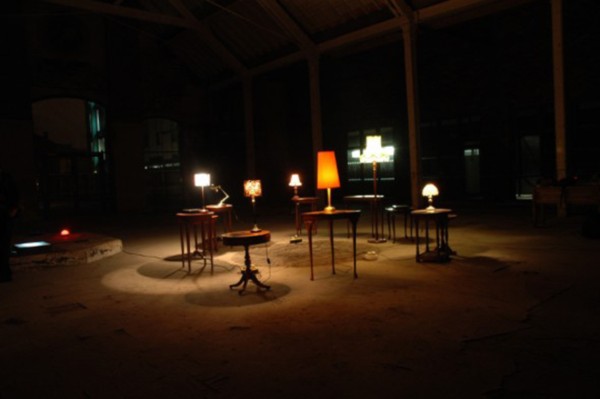
Finds
A dominant, enduringly popular vision of the historic English landscape has been built by generations of artists from the romantic landscape paintings of Samuel Palmer to the photographs of Faye Godwin. These works and many pictorial guidebooks work to create a dominant ideology of the English landscape. A landscape as a rural environment, containing layers of ancient history, castles, standing stones, battlefields and churches surrounded by quaint villages.
Visitors to the British landscape come in search of an authentic view of this historic landscape with stones and shaped land as a repository for the memories of our ancestors. An ideology is constructed and guarded by the keepers of these sites such as The National Trust and English Heritage. Relics found on these historic sites are preserved in regional museums to speak of the layers of history in the British landscape.
This search for authenticity in a nationalistic dialogue created by archaeologists and historians however calls into question the mythologies and values placed on these sites and objects found in and around them. Through this work I intend to question this search for a historic authenticity in the British landscape by photographing contemporary objects found in these historic locations. The use of the wet plate collodion process raises issues of historic authenticity around the objects and also calls into play the pictorial traditions that have been part of the construction of this dominant picturesque vision of the British rural landscape.
A wide variety of found objects such as ‘sorted’ cocaine bags found on the site of Henry Tudor’s camp at Bosworth field, instructions on how to make a ‘genuine’ ancient manuscript with tea bags on the side of an Innocent smoothie carton at Stonehenge and Becks beer cans at Caludon Castle interrupt the approved historic dialogue of events at these sites, questioning the system of relations and disrupting the hierarchy that objects from these places are catalogued into.